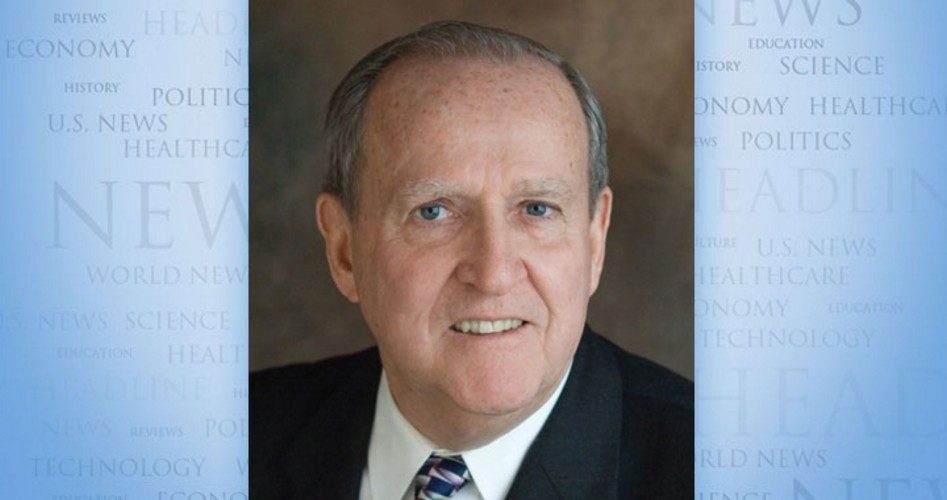
Would anyone deliberately plant and then spread false information on the Internet and elsewhere? The answer is so obvious that it’s akin to asking if tomorrow’s sun will rise in the East. Of course it will happen. And, of course, deliberate issuance of what is known to be false has lately become a relatively common occurrence.
Hillary Clinton recently broke the silence that has been her fate since losing the recent election. She spoke at a farewell party for retiring Nevada Senator Harry Reid. Intoning solemnly about an “epidemic of malicious fake news and false propaganda,” she obviously hoped that her own use of the tactic wouldn’t be recalled. But she is an expert at issuing falsehoods.
In 1996, she visited Bosnia as America’s First Lady to salute U.S. forces in the region. More than ten years later, she claimed that her plane had landed amidst “sniper fire,” even adding that there “was supposed to be some kind of greeting ceremony at the airport, but we just ran with our heads down to get into the vehicles to get to our base.” Several news sources eventually debunked the story, some citing Major General William Nash, the U.S. commander in Bosnia who said there was no such “sniper fire.” The fake news she issued was surely delivered to advance her desire to be known as courageous.
Mrs. Clinton would later tell news sources that her daughter Chelsea narrowly managed to flee the vicinity of the Twin Towers in 2001 as those buildings crashed to the earth. Supposedly, Chelsea was fortunate to run away from all of the destructiveness. But Chelsea was nowhere near the site of the 9/11 destruction on that fateful day.
As Secretary of State in 2012, Mrs. Clinton blamed an inconsequential anti-Islam video made in in Los Angeles for the attack on the U.S. compound in Benghazi. The U.S. ambassador and three others died in that skirmish. But the privately made video wasn’t the reason for the attack at all. Her planting of that bit of fake news went so far as to tell the mother of one of the deceased Americans that the video alone led to the four deaths. She sought to cover up her own inadequacies with that bit of false news.
Fake news has sometimes spawned enormous consequences. In August 1964, President Lyndon Johnson pointed to an attack on U.S. warships by North Vietnamese torpedo boats. The supposed attack spawned congressional passage of the Gulf of Tonkin Resolution that led to a huge escalation of the war in Vietnam. But there was no such attack by enemy torpedo boats according to U.S. pilots flying over the area at the time. The mythical Tonkin incident was fake news used by those anxious to expand the war in Vietnam.
In 1963, Supreme Court Chief Justice Earl Warren placed blame for the assassination of President Kennedy on the right wing. There was no evidence to back up that assertion but it did result in a few bricks being thrown through the windows of The John Birch Society headquarters in Massachusetts. Fake news does lead to real action.
Hillary Clinton had nothing to do with the Gulf of Tonkin Resolution or with the brick throwing. But her use of fake news for her own purposes makes her a leader in the fake news field. In her speech honoring Harry Reid, she called for congressional hearings and eventual legislation to deal with the “epidemic” of fake news that places “lives of ordinary people at risk.” She places herself as a leader in efforts to cancel the right to — rightly or wrongly — discuss political issues.
She knows what can happen when falsehoods are spread, especially when spread by people who are supposed to be reliable. Her newly outspoken concern about falsehoods may indicate her desire for government control of the Internet where false news has found a home.
John F. McManus is president emeritus of The John Birch Society. This column appeared originally at the insideJBS blog and is reprinted here with permission.


